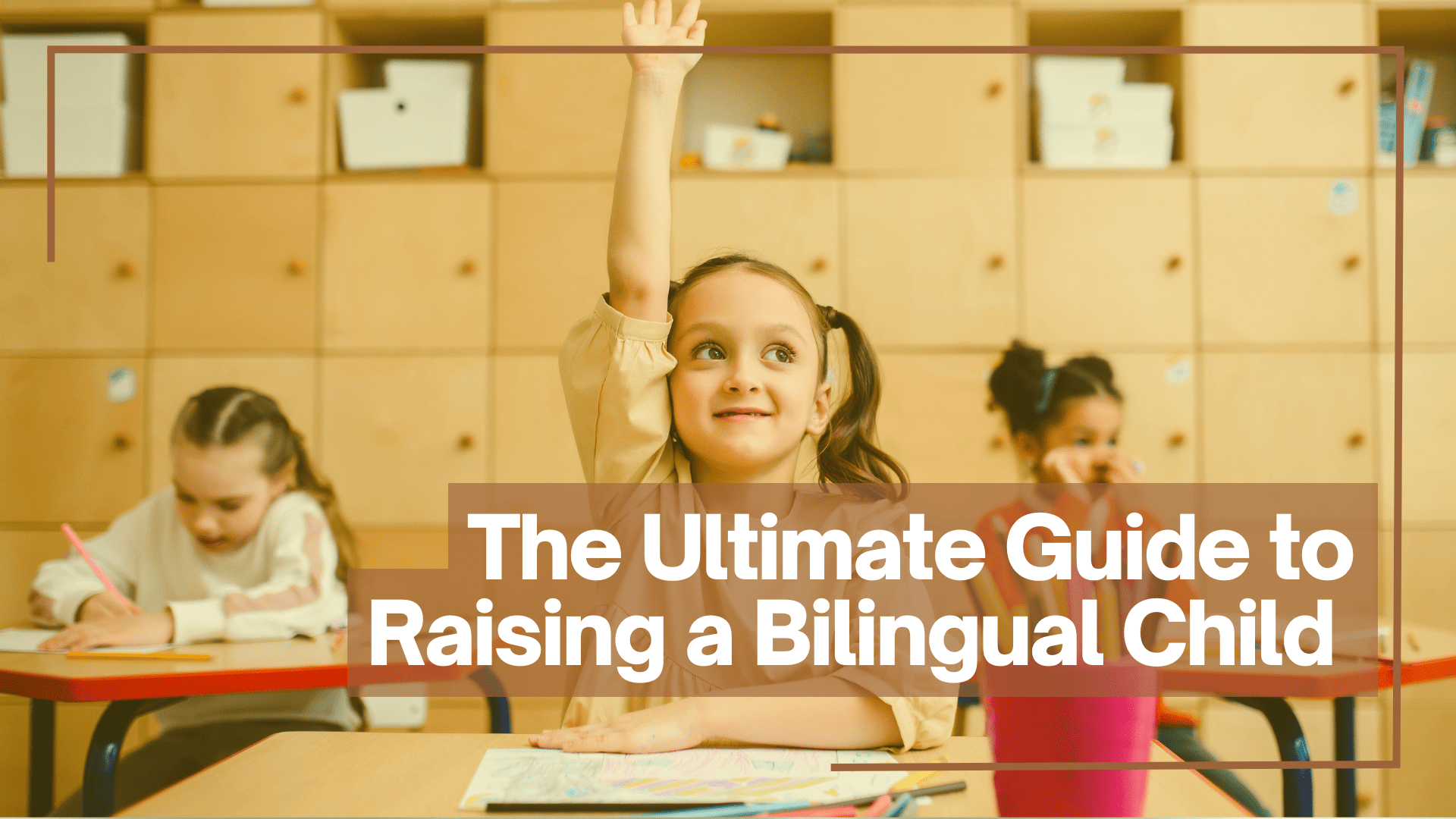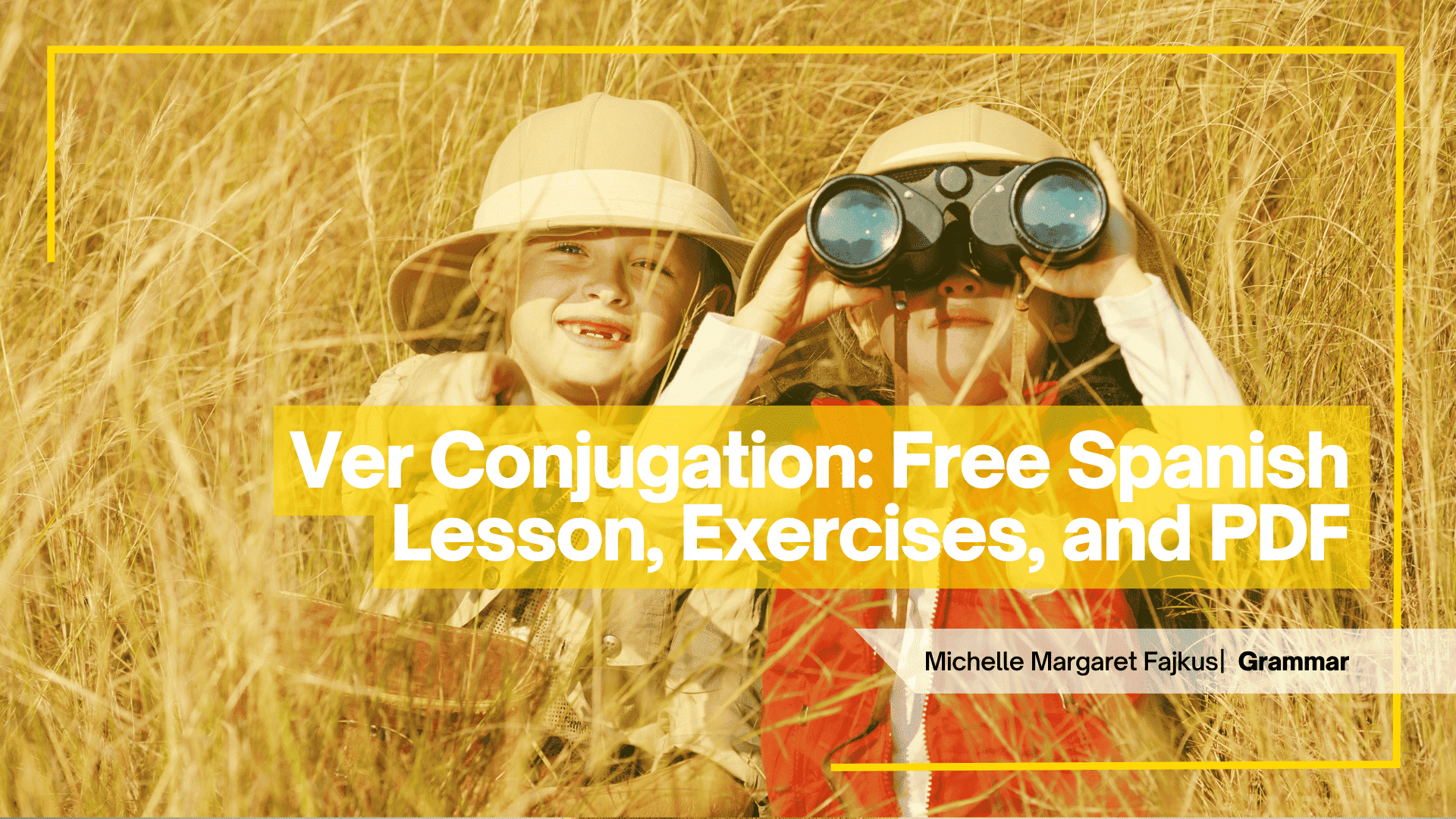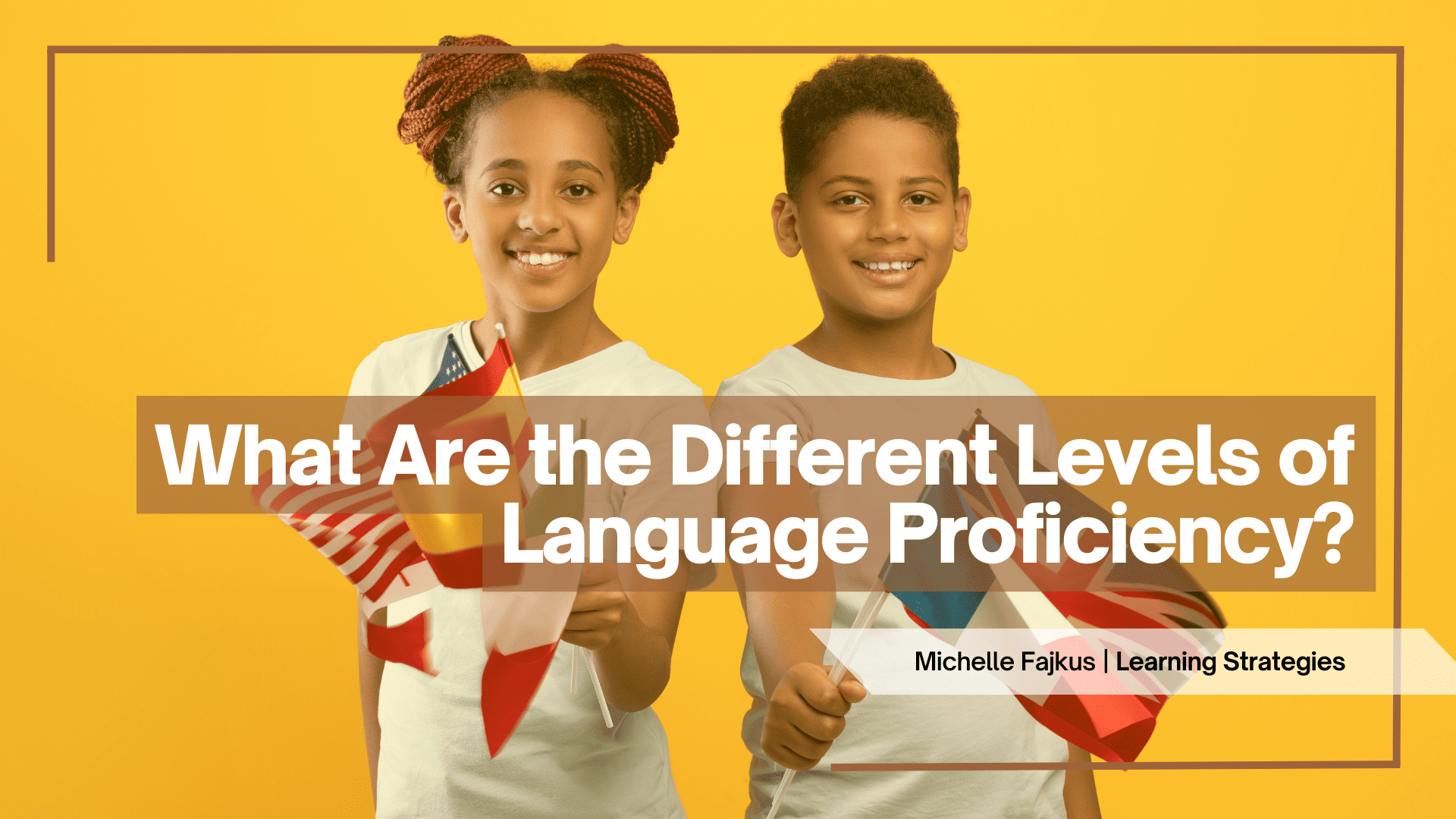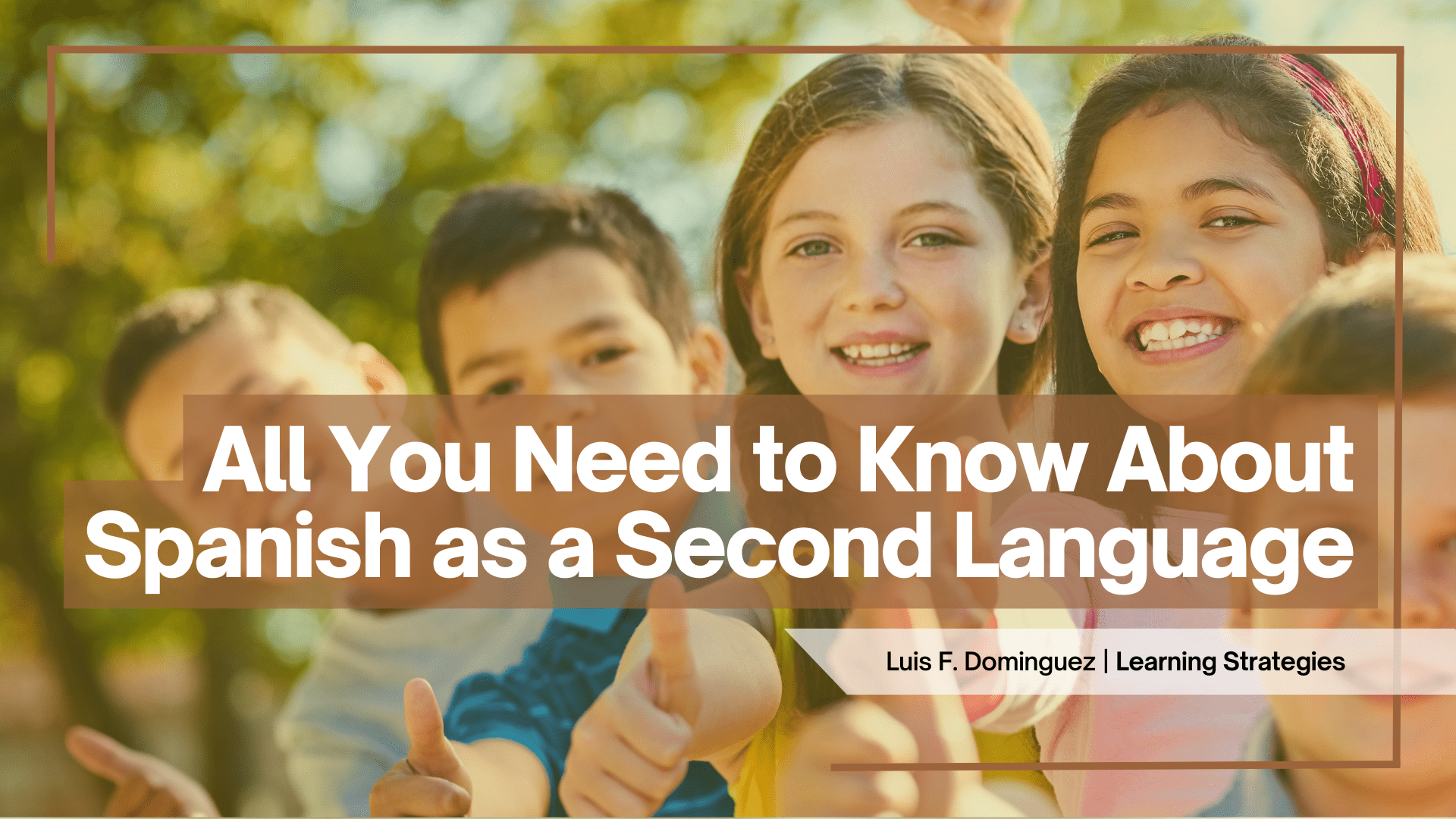
Top 5 Benefits of 1-on-1 Spanish Lessons for Elementary Students
Group classes are great, but are they enough? If you’ve ever tried to get a group of elementary-aged kids to focus for more than five minutes, you already know the challenge. It’s like herding kittens with Wi-Fi access! That’s where 1-on-1 Spanish lessons come in! Personalized instruction can take your child’s learning to the next level. Join 559 million...Read More
The Ultimate Guide to Raising a Bilingual Child (Even If You Don’t Speak Spanish)
No Spanish? No problem. You don’t have to be fluent in Spanish to help your child become bilingual! With some guidance, creativity, and the right resources, you can set your child on the path to fluency. Do you want to hear the best part? You can watch their confidence soar while you pick up a few phrases yourself. Additionally, we welcome you to stick around to the end of...Read More
All About Adverbial Clauses in Spanish
There is time in every Spanish learner’s life when you need to go through the adverbial clauses. Students fear it before even starting the topic, but I’ll show you that it’s totally unnecessary. The adverbial clauses in Spanish are quite logical in their use, and I’m sure you will learn quickly and start using them sooner than later. First, I’ll remind you what an adverb and clause is, and...Read More
How to Immerse Yourself in Spanish While at Home
This year, we’ve stayed home more than ever; what have you had the chance to immerse yourself in? It is a wonderful opportunity to do the things we didn’t have time for before. I know for me, learning how to play an instrument or learning a new language is always at the top of the list. The amount of Spanish speakers is increasing rapidly. It’s not only a fascinating language to...Read More
Ver Conjugation: Free Spanish Lesson, Exercises, and PDF
Let’s see what we can learn about ver conjugation! The Spanish verb ver means “to see,” “to view,” and “to watch.” Ver conjugation is mostly regular, although the pattern varies in the past participle, visto (“seen”), and the first-person singular present, veo (“I see”). Verbs derived from ver include prever (“to preview” or “to foresee”) and entrever (“to glimpse” or “to...Read More
What Are the Different Levels of Language Proficiency?
Do you know your level of fluency according to official levels of language proficiency? The challenge of determining your language proficiency is due to a lack of universal standards of measurement. In fact, several similar frameworks are currently in use. According to Education.com, “Language proficiency is a measurement of how well an individual has mastered a language. Proficiency is...Read More
What Is And How To Master AP Spanish Language
The Advanced Placement (AP) program by the College Board offers high school students the opportunity to challenge themselves academically and earn college credit while still in high school. One of the most popular AP courses is AP Spanish Language and Culture, equivalent to an intermediate-level college course in Spanish. In this comprehensive guide, we will explore what the AP...Read More
What Does it Actually Take to Become Fluent in Spanish?
Is it difficult to speak fluently in Spanish? Well, it’s easier than you might think! If you’re learning Spanish and are at a beginner or intermediate level, we are sure that one of your goals is to achieve proficiency and fluency as soon as possible. Though it can be overwhelming to learn grammar, conjugations, etc., achieving the fluency you desire is not so far from what it seems....Read More
All You Need to Know About Spanish as a Second Language
Are you thinking about studying Spanish as a second language? If you’re still in the decision-making process, this blog post is ideal for you. In it, I’ll discuss why Spanish is the right language to learn, the main benefits of studying Spanish as a second language, and how to do it. You’ll also discover helpful learning strategies to use on your learning journey, take a...Read More
